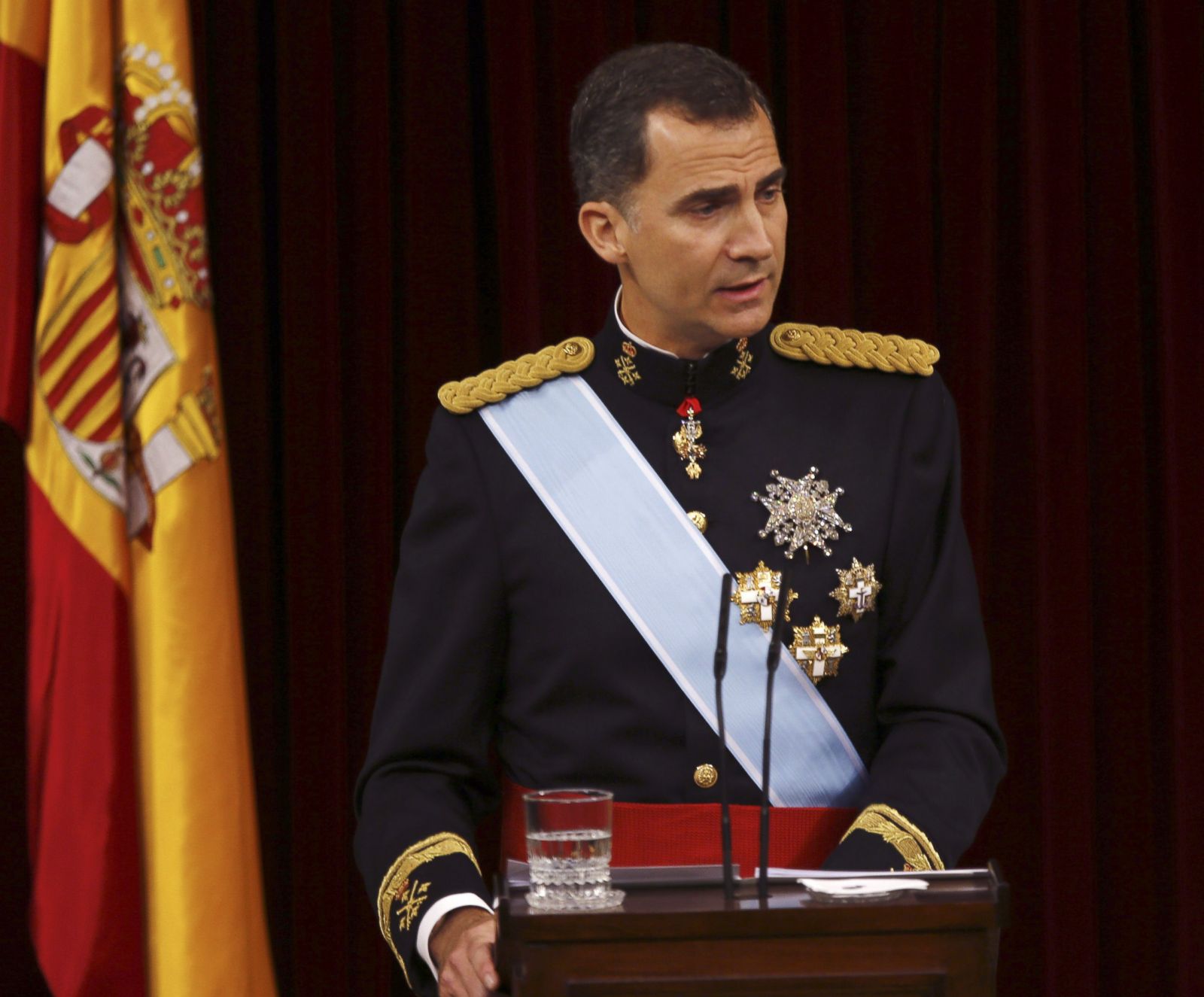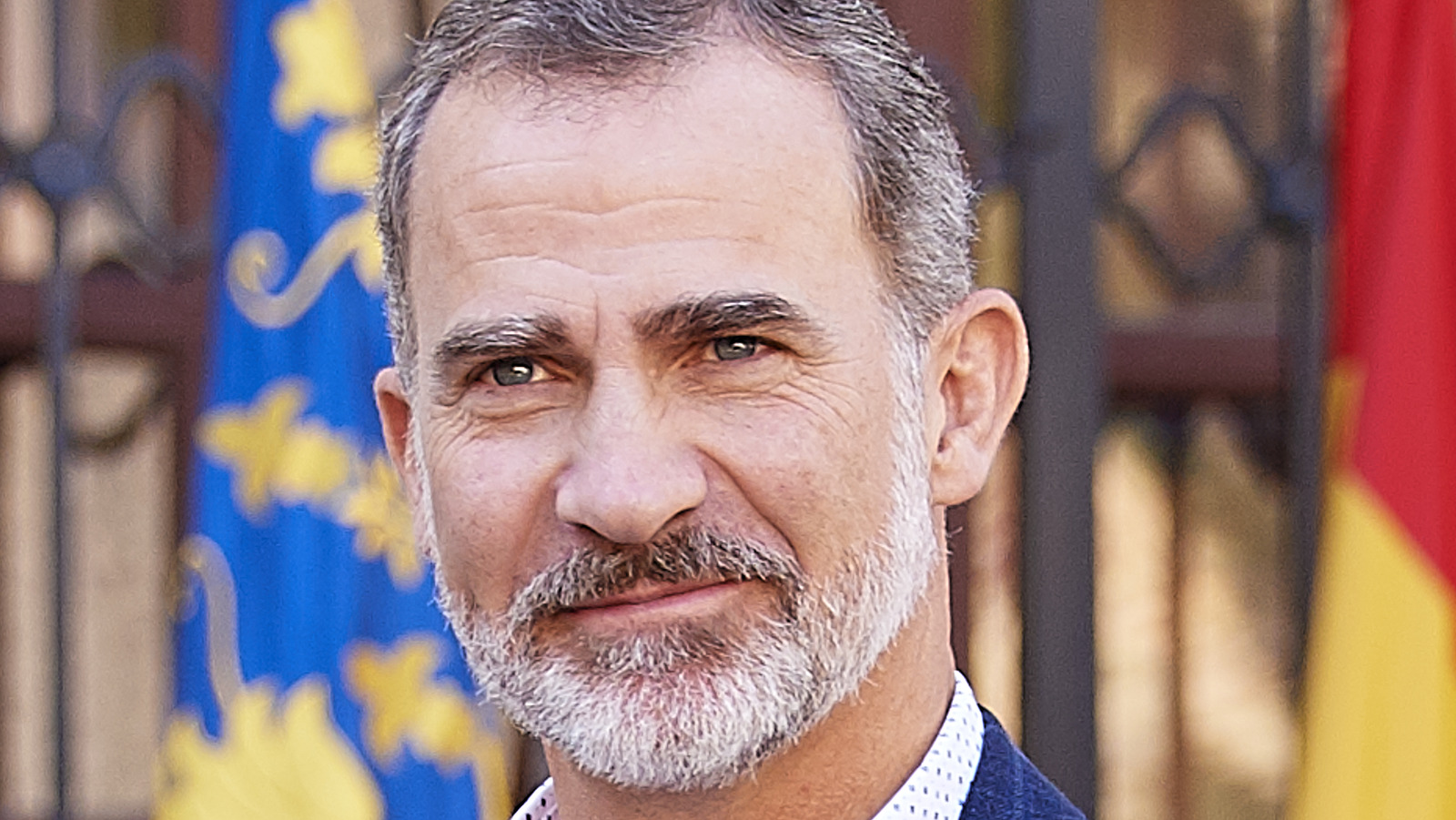Historical Reign of the King of Spain

The monarchy of Spain has a long and storied history, dating back to the Middle Ages. The first king of Spain was Pelayo, who led the Asturian resistance against the Umayyad Caliphate in the 8th century. Over the centuries, Spain has been ruled by a variety of dynasties, including the Habsburgs, the Bourbons, and the House of Savoy.
The role of the king of Spain has evolved over time. In the early days of the monarchy, the king was an absolute ruler, with the power to make laws, declare war, and appoint judges. However, over time, the power of the monarchy has been gradually reduced. Today, the king of Spain is a constitutional monarch, with limited powers.
Lineage and Ancestry of the King of Spain
The current king of Spain, Felipe VI, is a descendant of the House of Bourbon. He is the son of King Juan Carlos I and Queen Sofia of Greece. Felipe VI ascended to the throne in 2014, following the abdication of his father.
Timeline of Significant Events during the Reign of the King of Spain
* 2014: Felipe VI ascends to the throne.
* 2017: Catalonia holds a referendum on independence, which is declared illegal by the Spanish government.
* 2018: The Spanish government arrests Catalan separatist leaders.
* 2019: The Spanish government holds a general election, which results in a hung parliament.
* 2020: The COVID-19 pandemic hits Spain, causing a severe economic crisis.
Role and Responsibilities of the King of Spain
The king of Spain is the head of state and commander-in-chief of the armed forces. He also has the power to dissolve parliament, call for new elections, and grant pardons. However, the king’s powers are limited by the Spanish constitution. He cannot make laws, declare war, or appoint judges without the consent of parliament.
Cultural Impact of the King of Spain

The King of Spain has played a significant role in shaping the cultural landscape of Spain. Throughout history, the monarchy has been a patron of the arts, supporting the development of Spanish art, music, and literature.
Art
The Spanish monarchy has commissioned and collected numerous works of art over the centuries. The Royal Collection of Spain, housed in the Prado Museum in Madrid, includes masterpieces by Spanish artists such as Goya, El Greco, and Velázquez. The monarchy has also played a role in the development of Spanish architecture, with the construction of palaces, cathedrals, and other notable buildings.
Music, King of spain
The Spanish monarchy has been a patron of Spanish music, supporting the development of flamenco, classical music, and other genres. The Royal Conservatory of Music in Madrid is one of the most prestigious music schools in the world. The monarchy has also played a role in the promotion of Spanish music abroad.
Literature
The Spanish monarchy has been a patron of Spanish literature, supporting the development of Spanish literature. The Royal Spanish Academy is the official institution responsible for regulating the Spanish language. The monarchy has also played a role in the promotion of Spanish literature abroad.
Contemporary Role of the King of Spain
The King of Spain, currently King Felipe VI, serves as the Head of State and symbol of the unity and permanence of the Spanish nation, according to the Spanish Constitution of 1978. The King’s role is primarily ceremonial and symbolic, and he does not hold any direct political power.
Day-to-Day Duties and Responsibilities
The King’s day-to-day duties include:
- Sanctioning and promulgating laws passed by the Spanish Parliament (Cortes Generales).
- Appointing the Prime Minister and other high-ranking government officials.
- Representing Spain at official events and ceremonies.
- Receiving foreign dignitaries.
- Issuing royal decrees and orders.
- Granting pardons and commutations of sentences.
Relationship with the Government and Parliament
The King’s relationship with the Spanish government and parliament is governed by the Constitution. The King is the head of the executive branch of government, but he does not have the power to make laws or set policy. The Prime Minister and the Council of Ministers are responsible for governing the country on a day-to-day basis.
The King’s role in the legislative process is limited to signing and promulgating laws passed by the Cortes Generales. He does not have the power to veto laws, but he can refer them back to Parliament for reconsideration.
The King’s relationship with the judiciary is also defined by the Constitution. The King is the head of the judiciary, but he does not have the power to interfere in the administration of justice. The judges are independent and impartial, and they are responsible for interpreting and applying the law.
The King of Spain, a constitutional monarch, is the head of state and symbol of the unity and permanence of the Spanish nation. Robert F. Kennedy Jr. , an environmental activist and author, has been a vocal critic of the Spanish monarchy, calling for its abolition.
Kennedy has argued that the monarchy is an outdated institution that has no place in a modern democracy. Despite Kennedy’s criticism, the Spanish monarchy remains popular among the Spanish people.
King Felipe VI of Spain, a respected figure on the international stage, has recently made headlines for his diplomatic efforts. His role as a mediator in global conflicts has drawn comparisons to Prince Harry , another royal known for his humanitarian work.
While Prince Harry has focused on mental health awareness and environmental protection, King Felipe’s efforts have been primarily directed towards promoting peace and stability in troubled regions.